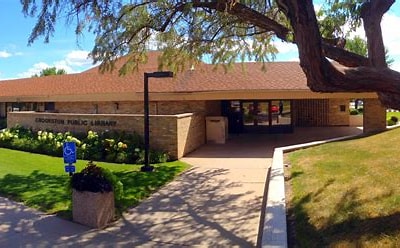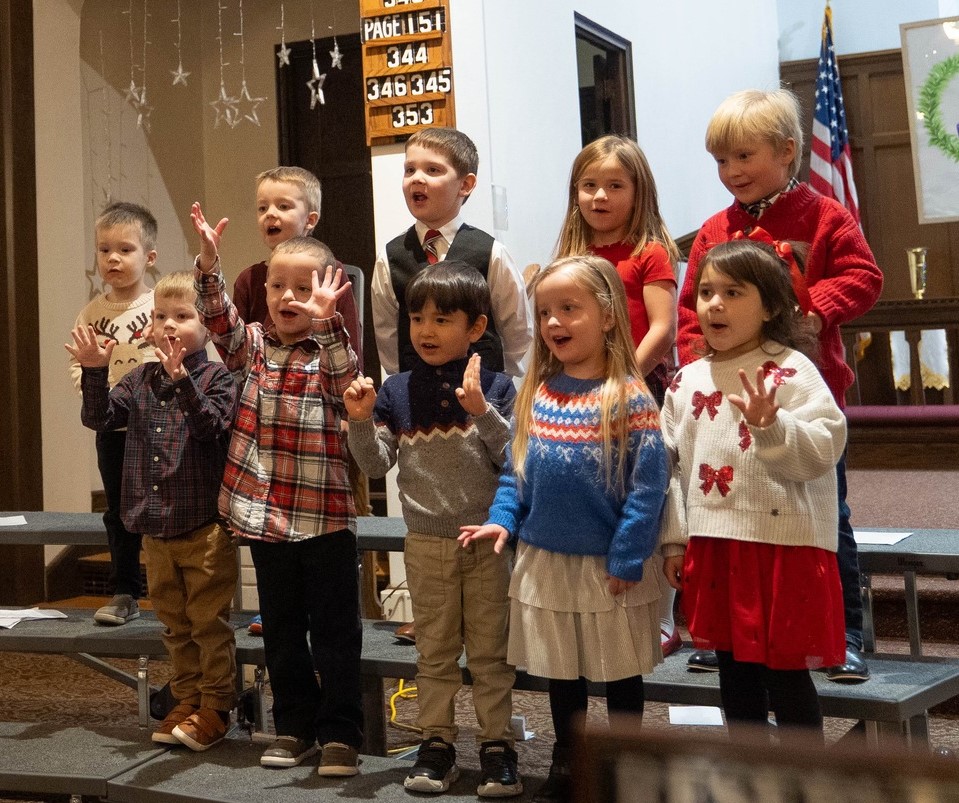Two renowned Minnesota old-growth forests the Lost 40 Scientific and Natural Area in Itasca County and the Itasca Wilderness Sanctuary SNA in Clearwater County — will be the first in the state to join the national Old-Growth Forest Network. The network recognizes existing old-growth forests nationwide and highlights the importance of preserving these areas.
“Minnesota has 48,000 acres of protected old-growth forest,” Minnesota DNR Forest Ecologist Emily Peters said. “It provides unique habitats for native plants and animals and important recreational and spiritual opportunities for Minnesotans. The DNR has a longstanding goal to protect this rare and important forest resource on state lands.”
Events in October will celebrate Minnesota’s additions to the Old-Growth Forest Network and kick off a series of public hikes over the next several years in publicly accessible old-growth forests in Minnesota state parks and SNAs-
Lost 40 SNA: A short interpretive hike will begin at 10 a.m. Thursday, 12. Meet at the parking lot off Forest Road 2240 (Lost 40 Road).
Itasca Wilderness Sanctuary SNA: A full day of fun and educational activities on Friday, Oct. 13, will celebrate old-growth forests in Itasca State Park. More information is available on the Minnesota DNR website (mndnr.gov/state_parks/events.html).
The Old-Growth Forest Network is a nonprofit that connects people with nature by creating a voluntary national network of protected, publicly accessible forests. The network aims to identify and ensure the preservation and recognition of at least one forest in every county in the U.S. where forests grow, focusing on celebrating our nation’s oldest forests. The Old-Growth Forest Network has recognized more than 200 forests in 35 states.
The 114-acre Lost 40 SNA owes its 32-acre old-growth pine forest to a surveying error during the Public Land Survey 1882. As the story goes, the pines were missed by loggers because surveyors mistakenly mapped the area as Coddington Lake. The site was re-surveyed, and the error was corrected in 1960. It was incorporated into Big Fork State Forest shortly after, and its old trees have endured. The DNR designated this old-growth forest in 1995.
The 1,600-acre Itasca Wilderness Sanctuary SNA is located within Itasca State Park. The natural area holds an important place in Minnesota’s conservation history. It was established in 1939 within the park at the suggestion of the Minnesota Academy of Science to preserve a part of the wilderness character of the state that existed before European settlement. In 1965, it became Minnesota’s first National Natural Landmark. Most of the sanctuary was designated a state SNA in 1989 as the finest example of the Great Lakes Pine Forest in north-central Minnesota.
“These are outstanding examples of old-growth forests protected on state lands,” Peters said. “We’re pleased to have these sites incorporated into the national network.”




